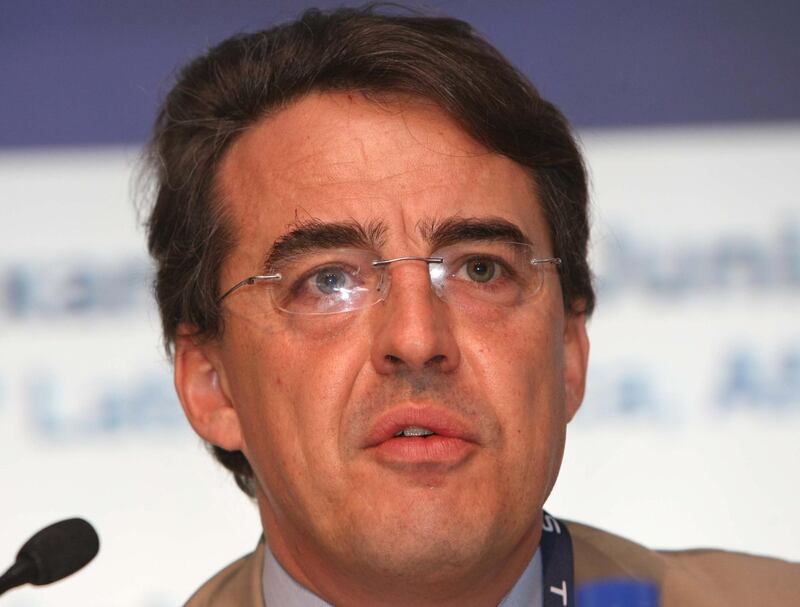Airlines are expected to grow their profits next year due to lower fuel costs and an increase in passengers, with industry net profit set to rise to $35.5 billion from $32.3bn forecast for 2018, according to the International Air Transport Association (Iata).
“We had expected that rising costs would weaken profitability in 2019, but the sharp fall in oil prices and solid GDP growth projections have provided a buffer,” said Iata director general Alexandre de Juniac. Rising oil prices in the first half of 2018 squeezed many airlines’ profit margins, but they have now tempered to around $62 per barrel from above $80 in the summer.
Global GDP growth is set to expand by 3.1 per cent next year, marginally below the 3.2 per cent predicted for 2018 but still solid enough to fuel passenger demand, Iata noted in its annual industry outlook published on Thursday.
Passenger traffic will grow 6 per cent in 2019, outpacing the forecast capacity increase of 5.8 per cent, serving to increase load factors and support a 1.4 per cent increase in yields, the report added. Passenger revenues are expected to reach $606bn, up from $564bn in 2018.
“We are cautiously optimistic that the run of solid value creation for investors will continue for at least another year, but there are downside risks as economic and political environments remain volatile,” Mr Juniac said. If profit growth continues, 2019 would be the tenth year of profit, and the fifth consecutive year where airlines deliver a return exceeding the industry’s cost of capital.
North American carriers will post the strongest financial performance in 2019 with a combined $16.6bn in net profit, up from $14.7bn in 2018, the report said. Profit margins are up this year as low levels of fuel hedging allows lower fuel costs to have a positive impact immediately, boosted by high load factors (the percentage occupancy of a plane).
Middle East carriers will report a combined net profit of $800 million in 2019, up 30 per cent from $600m this year.
_______________
Read more:
[ Middle East air passenger demand slows in July, says Iata ]
[ Middle East cargo growth outstrips rest of world in July, says Iata ]
[ Iata asks governments to release $5bn in airline revenues ]
_______________
“The region has been challenged by the earlier impact of low oil revenues, conflict, competition from other ‘super-connectors’ and setbacks to business models, leading to capacity growth halving to 6.7 per cent in 2017 following more than a decade of double-digit growth,” the report said. Capacity growth is expected to slow further to 4.1 per cent next year, “which, together with restructuring, is helping to generate a recovery”.
African carriers will fare the worst out of all regions next year and are expected to report a $300m net loss – a slight improvement from $400m in losses in 2018. Performance is expected to improve while oil prices decrease but few African carriers can achieve the load factors needed to generate profits, according to Iata.
Its latest industry outlook is based on an anticipated average oil price of $65 per barrel in 2019. The average return airfare excluding taxes is forecast to be $324, which is 61 per cent below 1998 levels after adjusting for inflation.
“Air travel has never been such a good deal for consumers,” Mr de Juniac said.






